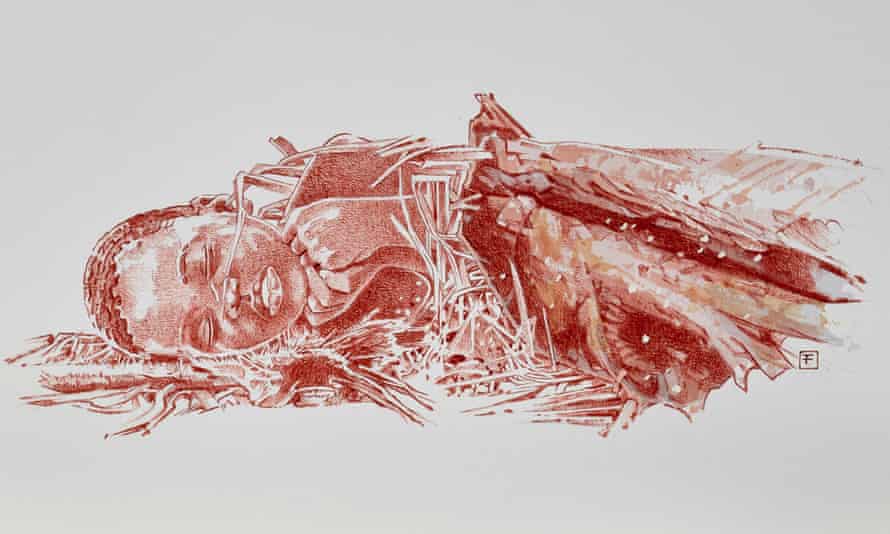It is a scene that exudes sadness: a child perhaps 2-1/2 or 3 years old buried in a shallow grave under the sheltered overhang of a cave, head resting on a pillow and the upper part of the body carefully wrapped in a shroud.
Scientists said on Wednesday they have found the oldest-known human burial in Africa, the continent that gave rise to our species, dating to about 78,000 years ago at a cave site called Panga ya Saidi near the Kenyan coast. They nicknamed the youngster ‘Mtoto,’ meaning ‘child’ in Swahili.
The discovery, the researchers said, sheds light on the development of early complex social behaviors in Homo sapiens.
This is at the root of the symbolic mind that characterizes Homo sapiens,” said anthropologist María Martinón-Torres, director of the National Research Center on Human Evolution (CENIEH) in Spain and lead author of the study published in the journal Nature.
“The child was buried in a residential site, close to where this community lived, evincing how intimately life and death are related. Only humans treat the dead with the same respect, consideration and even tenderness they treat the living. Even when we die, we continue to be someone for our group,” Martinón-Torres added.
Homo sapiens first appeared in Africa more than 300,000 years ago, later spreading worldwide.
The highly decomposed bones, found in a circular pit, were encased in plaster and eventually taken to CENIEH for study.
The researchers determined that the child, whose gender remains unclear, was placed in the grave in a flexed position, the body lying on its right side, with knees drawn toward the chest.
The cranium and three neck bones collapsed into a void left by the decay of a pillow made of perishable material. The position of a shoulder bone and two ribs indicated the upper body was wrapped in a perishable material. The body was fresh at the time of burial, rapidly covered with earth scooped from the cave’s floor.
“This would likely have been a group act, perhaps by members of the child’s family. All of these behaviors are, of course, very similar to those observed in our own species today, so we can relate to this act even though the burial dates to 78,000 years ago,” said study co-author Nicole Boivin, an archaeologist, and director at the Max Planck Institute for the Science of Human History in Germany.












